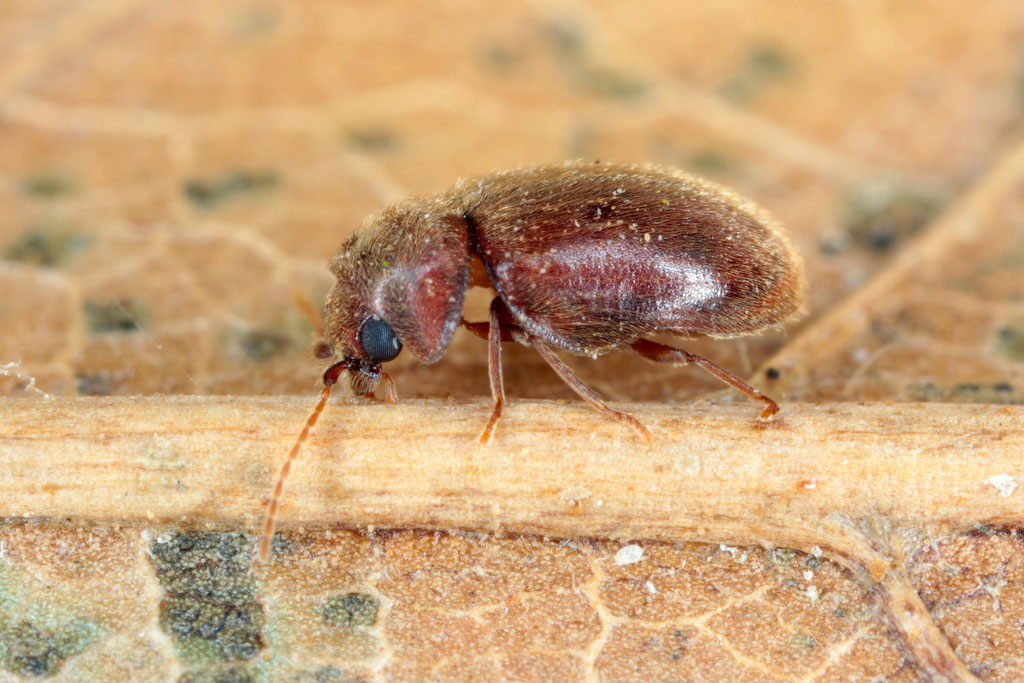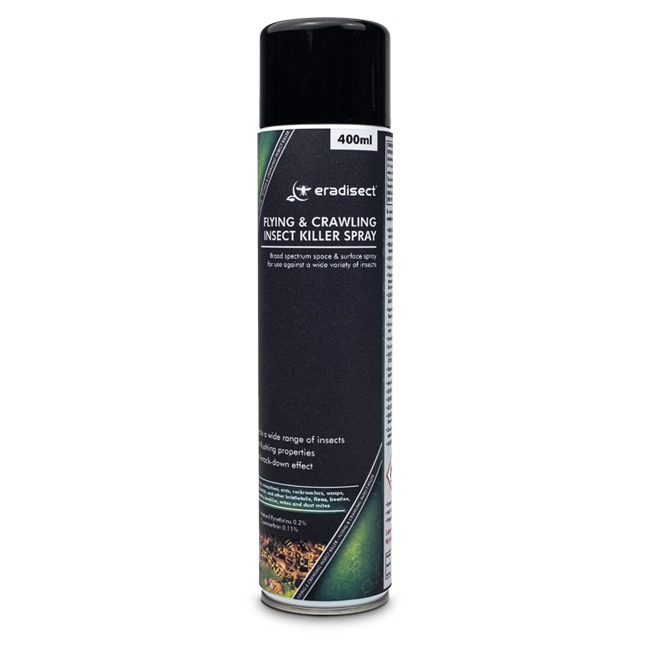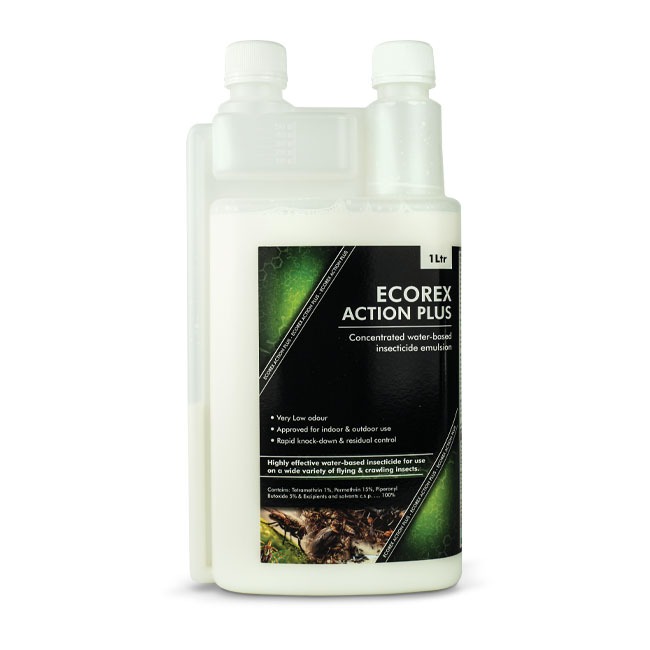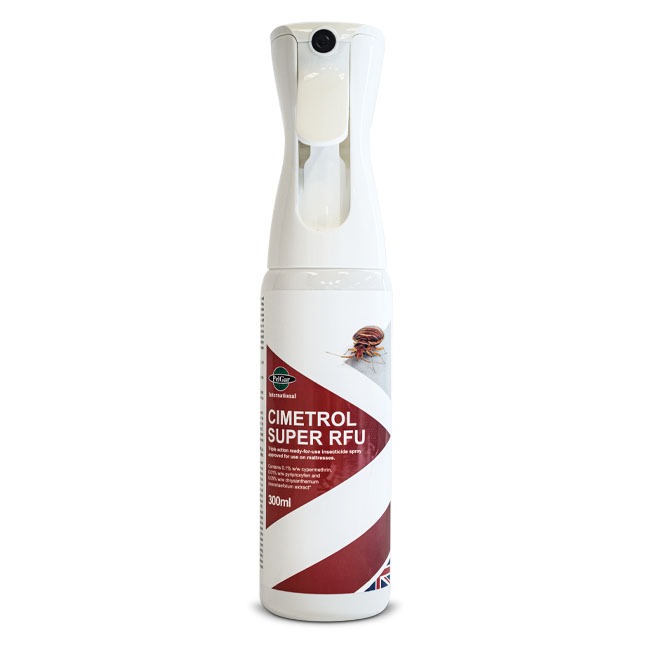Tobacco Beetle (Lasioderna serricorne)
 |
The Tobacco Beetle gets its name from attacking stored tobacco but will also infest a wide variety of products, including pet food, flour, cereal, spices and pasta. They have also infested books, dried flowers, spices, leather, silk, old rodent bait and even museum specimens. The adult beetles are strong fliers and are very active in subdued light. Adult beetles “play dead” for a few seconds when they are disturbed.
Identification:
Adult beetle, 2 to 3 mm in length, and are covered with small hairs which give them a silky, yellowishbrown colour. The head is bent down and barely visible from above that gives the beetle a rounded or “humped” appearance. Larvae are creamy white except for the yellow head and brown mouthparts.
Biology:
Within a period of two weeks, the female lays 50-100 eggs near the available food supply. The eggs hatch within 6-19 days. After hatching the larvae are active and will move around on and bore into the product, feeding as they go. The complete life cycle takes 26 days at 37 °C and 120 days at 20 °C. L. serricorne cannot tolerate the cold; adults die within 6 days at 4 °C, and eggs survive 5 days at 0–5 °C.
Control:
Since these beetles can feed on such a variety of products, it is important to find all infested items. Since these beetles can infest so many types of products, inspect thoroughly. There may be several infested products, discard any food that is infested. Infested areas should be thoroughly vacuumed paying particular attention to cracks and crevices, contents of the vacuum cleaner should be disposed of in an outside bin. Store new food products in sealed glass or plastic containers. After cleaning, treat the infested areas using a residual insecticide labeled for crawling insect to ensure that all adult beetles and larvae have been killed.
Products to control Tobacco Beetle:
|
Eradisect Flying and Crawling Insect Killer (600ml) |
Ecorex Action Plus (1L) |
Cimetrol Super RFU (300ml) |



